Predicting the Future: Blue Marlin Price per Kilo in 2024
Predicting the Future: Blue Marlin Price per Kilo in 2024
Are you ready to dive into the depths of the future? Join us on an exciting journey as we embark on a thrilling adventure to predict the unimaginable – the Blue Marlin price per kilo in 2024. Strap yourself in, because this blog post is not for the faint-hearted! We’ll be exploring trends, analyzing data, and tapping into our crystal ball to uncover what lies ahead for this prized fish species. Get ready to unleash your inner fortune-teller and unravel the mysteries of tomorrow’s Blue Marlin market. So, without further ado, let’s fasten our snorkels and plunge headfirst into this captivating exploration of predicting the future!
Introduction to the Blue Marlin Market
The blue marlin market is a complex and dynamic industry that revolves around the buying and selling of one of the most prized fish in the world. This majestic species, known for its strength and speed, has been sought after by fishermen and seafood lovers alike for centuries.
In recent years, however, concerns about overfishing and declining population numbers have sparked discussions about the sustainability of this market. As a result, prices for blue marlin have fluctuated greatly, making it difficult to predict future trends.
In this section, we will provide an overview of the blue marlin market including its history, current state, and factors influencing its price per kilo. We will also delve into the various stakeholders involved in this industry and their roles in shaping the market.
History of Blue Marlin Market:
Blue marlins have been fished commercially since at least the 1950s when they were first targeted by longline fisheries. However, it wasn’t until the 1970s that demand for this fish really took off as countries like Japan began importing large quantities for their sushi markets.
Throughout the 1980s and 1990s, blue marlin populations declined due to intensive fishing efforts. In response to these concerns, international regulations were put in place to limit catches and protect breeding stocks. These regulations included size limits, closed seasons in certain areas, and restrictions on gear types.
Factors Affecting Blue Marlin Prices
Blue marlin is a highly sought-after fish in the seafood market, known for its rich flavor and meaty texture. However, like any other commodity, the price of blue marlin can vary depending on several factors. In this section, we will discuss some of the key factors that can affect the price per kilo of blue marlin.
1. Seasonal Availability:
One of the main factors influencing blue marlin prices is its seasonal availability. Blue marlins are migratory fish and have certain peak seasons when they are more abundant in specific regions. For example, in Hawaii, blue marlins are most abundant from May to September, whereas in Florida, their peak season is from April to June. During these periods, the supply of blue marlin increases significantly, leading to lower prices due to higher competition among suppliers.
2. Demand:
The demand for blue marlin plays a crucial role in determining its price per kilo. Countries with a high demand for this fish tend to have higher prices compared to those where it is not as popular. For instance, Japan has a strong demand for high-quality blue marlin sashimi and typically pays top dollar for it.
3. Size and Quality:
The size and quality of blue marlins also impact their pricing significantly. Larger fish usually command higher prices due to their larger yield and premium cuts such as steaks or loins.
Current State of the Blue Marlin Industry
The blue marlin industry is a multi-billion dollar market, with the demand for this highly prized fish continuously increasing. However, the current state of the blue marlin industry is facing several challenges that could potentially impact its future.
One of the major factors affecting the blue marlin industry is overfishing. Due to its high commercial value and popularity among sport fishermen, there has been a significant increase in fishing pressure on blue marlins. This has resulted in a decline in their population, leading to stricter regulations and quotas being imposed by governing bodies to ensure sustainable fishing practices.
Additionally, climate change also plays a crucial role in the current state of the blue marlin industry. As these large pelagic fish rely on stable ocean temperatures and currents for breeding and feeding patterns, any changes in these conditions can have a significant impact on their population. The warming of oceans due to climate change can also affect prey availability for blue marlins, further impacting their numbers.
Furthermore, there is an ongoing debate about the use of longline fishing methods in catching blue marlins. This method involves setting out miles-long lines with thousands of baited hooks attached, which not only poses a threat to target species but also leads to bycatch of other marine species such as sea turtles and sharks. With increased awareness about sustainability and ethical fishing practices, many consumers are now choosing to purchase sustainably caught seafood products, which may affect demand for blue marlins caught using longlines.
Predictions for 2024 Blue Marlin Prices
Predictions for 2024 Blue Marlin Prices
Blue marlin prices have been on an upward trend in recent years, with demand for this highly coveted fish increasing globally. As we look ahead to the year 2024, there are several factors that could potentially impact the price of blue marlin per kilo. In this section, we will discuss some predictions for how these factors may influence the market and ultimately affect the cost of blue marlin in 2024.
1. Supply and Demand: One of the primary drivers of any commodity’s price is supply and demand. In the case of blue marlin, its high demand as a premium seafood delicacy has led to overfishing in certain areas, resulting in a decline in its population. However, efforts towards sustainable fishing practices and regulations on catch limits have helped stabilize the supply of blue marlin. On the other hand, as consumer interest in seafood continues to grow worldwide, it is expected that demand for blue marlin will also continue to rise. This delicate balance between supply and demand will play a crucial role in determining the price of blue marlin per kilo in 2024.
2. Economic Factors: The state of the global economy can also significantly impact fish prices. A strong economy typically translates to higher purchasing power and increased consumer spending on luxury items such as premium seafood like blue marlin.
Potential Impact on Fishermen and Businesses
As with any industry, changes in pricing can have a significant impact on fishermen and businesses involved in the blue marlin trade. In this section, we will explore the potential effects of predicted price changes on these key players.
1. Fishermen:
The livelihoods of fishermen are directly tied to their ability to catch and sell fish, including blue marlin. Any fluctuations in the market price can greatly affect their income and overall profitability. As such, predicting the future prices of blue marlin is crucial for these individuals who rely on fishing as their main source of income.
If the predicted increase in blue marlin prices comes to fruition, it could potentially bring about positive impacts for fishermen. With higher prices per kilo, they would be able to earn more from each catch and potentially increase their overall profits. This could also encourage them to invest in better equipment or technology that could improve their efficiency and success rates in catching blue marlin.
On the other hand, if the predicted price increase does not materialize or if there is a decrease instead, it could have detrimental effects on fishermen’s livelihoods. They may struggle to cover their expenses and make a profit from selling blue marlin at lower prices. This could lead to financial difficulties for individual fishermen and even result in some being forced out of business.
Strategies for Managing Fluctuating Prices
Fluctuations in blue marlin prices can be a major challenge for fishermen, seafood suppliers, and consumers alike. As with any commodity, supply and demand play a significant role in determining the price of blue marlin per kilo. However, there are also other factors such as weather conditions, market trends, and fishing regulations that can contribute to price fluctuations. In this section, we will discuss some effective strategies for managing fluctuating prices of blue marlin.
1. Diversify Your Catch:
One of the best ways to manage fluctuating prices is by diversifying your catch. Instead of solely relying on catching blue marlin, consider targeting other types of fish as well. This way, you will have a more diverse range of products to offer and will not be overly affected when the price of blue marlin drops.
2. Stay Informed:
Knowledge is power when it comes to managing fluctuating prices. It is essential to stay informed about current market conditions and trends in the seafood industry. Keep an eye on the demand for blue marlin and monitor any changes in supply or regulations that could impact its price.
3. Build Long-Term Relationships:
Building strong relationships with regular customers or suppliers can help mitigate the effects of fluctuating prices. For example, if you have a trusted supplier who offers you a good deal during times when blue marlin prices are high, you may be able to secure a stable source at a reasonable cost even during periods of low availability.
Sustainability and Conservation Efforts in the Blue Marlin Market
The blue marlin market has long been under scrutiny due to concerns about overfishing and the impact on the species’ population. In recent years, there has been a growing focus on sustainability and conservation efforts in the blue marlin market in order to protect this iconic fish for future generations.
One of the main initiatives aimed at promoting sustainability in the blue marlin market is the implementation of catch limits and size restrictions. These measures are designed to ensure that only a certain number of blue marlins are caught each year, and that they have reached a minimum size before being harvested. This allows smaller, younger fish to reach maturity and reproduce, helping to maintain healthy population levels.
In addition to catch limits and size restrictions, many countries have also implemented fishing seasons for blue marlin. This means that there are designated periods during which commercial fishing for blue marlins is allowed, while during other times they are protected from being targeted by fishermen. This helps prevent high levels of fishing pressure on the species throughout the year.
Furthermore, advancements in technology have also played a significant role in promoting sustainability in the blue marlin market. The use of satellite tracking systems on commercial fishing vessels has enabled authorities to monitor their movements and activities more closely, ensuring that they comply with regulations such as catch limits and size restrictions. This has led to better management of blue marlin stocks and reduced illegal or unreported catches.
Conclusion: The Future of Blue Marlin Prices
The future of blue marlin prices is a topic that has been widely discussed and debated among fisheries experts, economists, and seafood lovers alike. It is no secret that the demand for this prized fish has been steadily increasing in recent years, leading to concerns about its sustainability and potential price fluctuations. In this section, we will take a closer look at the factors influencing the future of blue marlin prices and make some predictions based on current trends and data.
One of the main drivers of blue marlin prices is consumer demand. As with any other commodity, when there is high demand for blue marlin, the price tends to rise. In recent years, there has been a growing interest in fresh seafood among consumers worldwide, particularly in Asia where it is considered a delicacy. This trend is expected to continue as more people become aware of the health benefits associated with consuming fish as part of their diet.
Another factor contributing to the rising demand for blue marlin is its use in sushi restaurants and high-end seafood markets. Blue marlin sashimi has become increasingly popular in Japanese cuisine, driving up its market value even further. Additionally, many upscale restaurants around the world have started including blue marlin on their menus due to its unique flavor and versatility in cooking methods.
On the supply side, overfishing has been a major concern for decades now. The global commercial fishing industry has been heavily exploiting marine resources such as tuna and swordfish, which are often caught alongside blue marlin as bycatch.


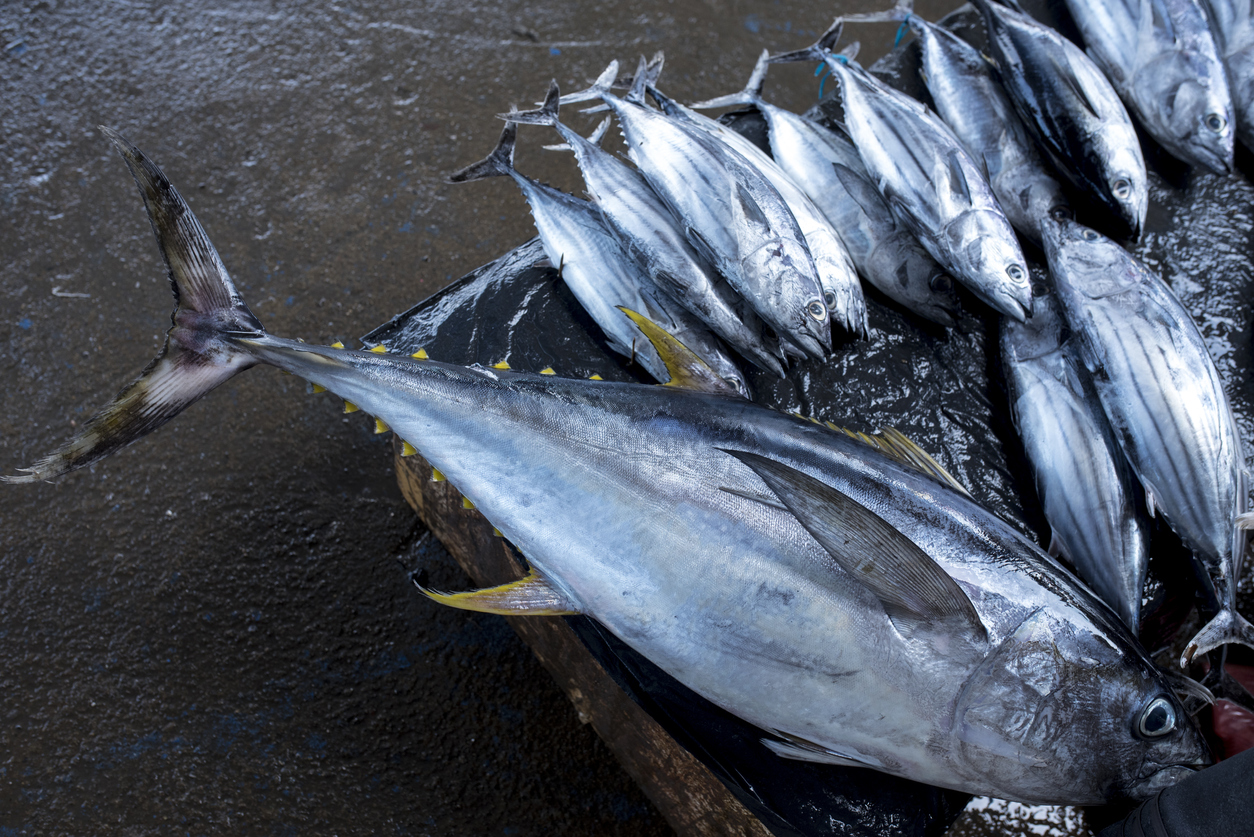

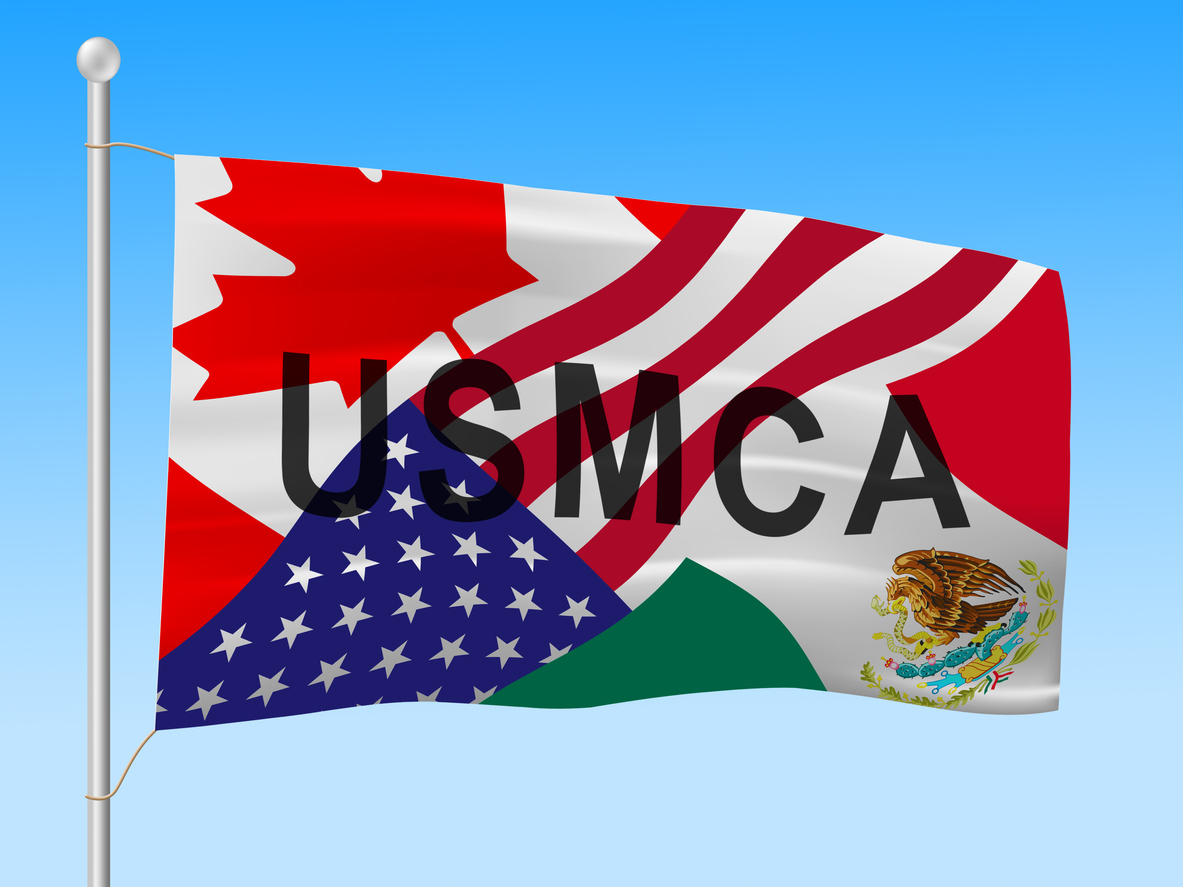
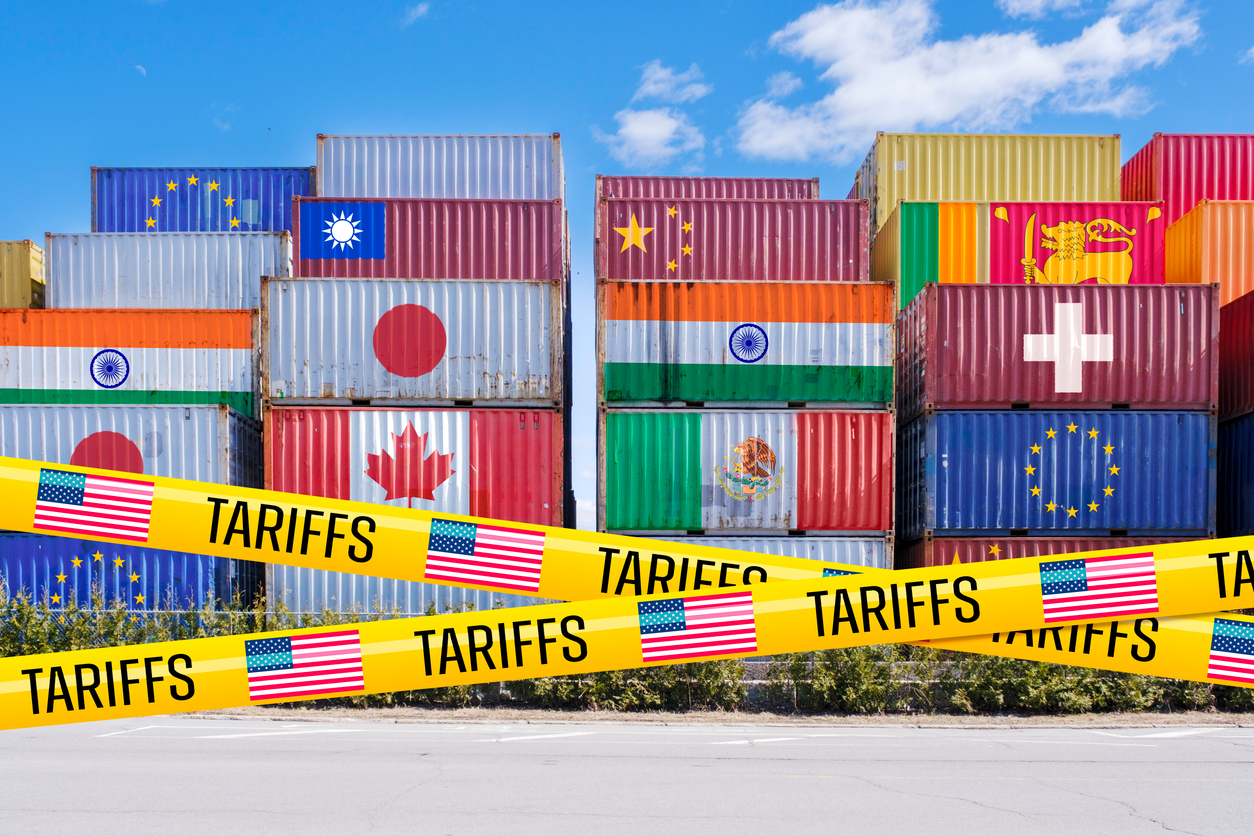
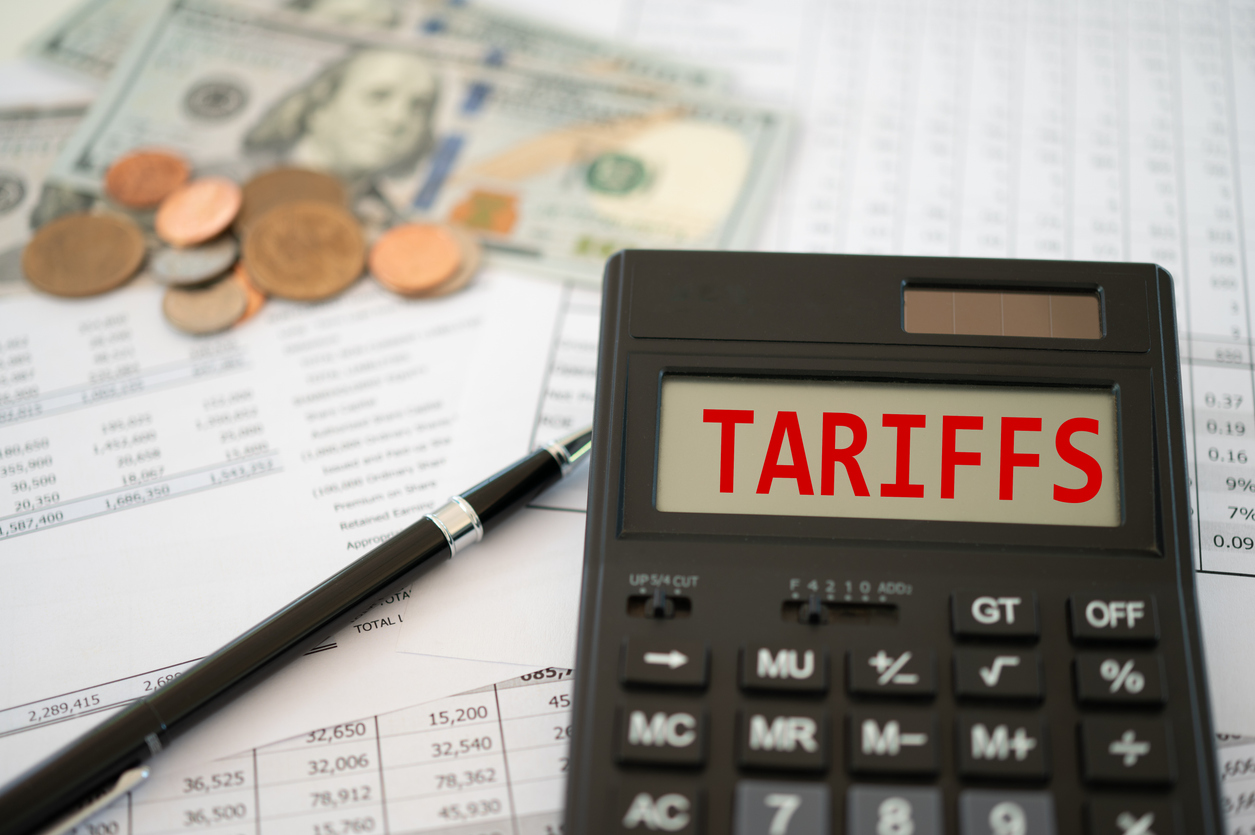
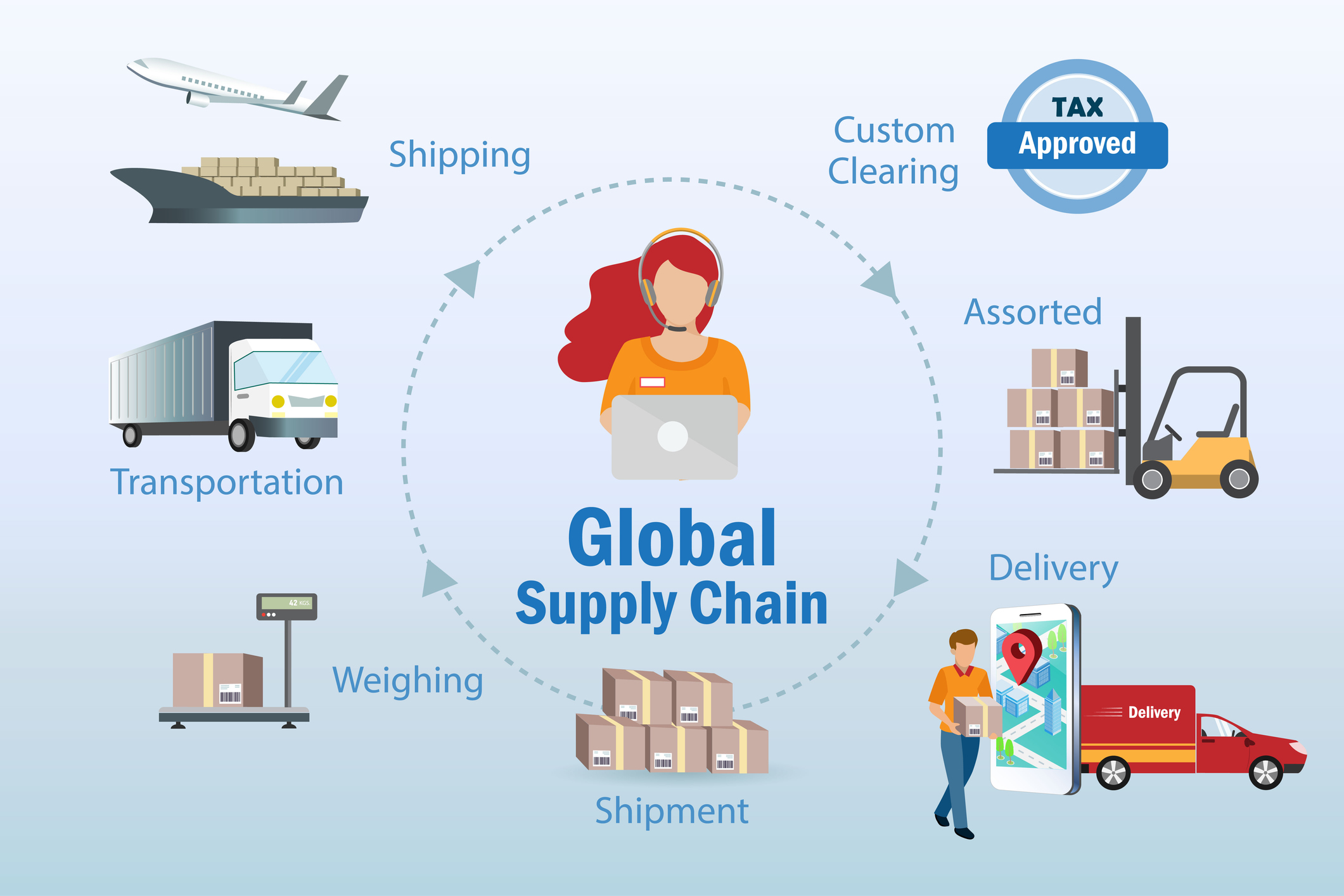
Comments are closed.